Creating a harmonious multi-pet household requires careful consideration of many factors, and one often overlooked aspect is the strategic placement of food bowls. The distance between feeding stations can significantly impact your pets' eating habits, stress levels, and overall relationship dynamics. While it may seem like a minor detail, proper bowl placement can mean the difference between peaceful coexistence and constant tension at mealtimes.
Dogs and cats have fundamentally different approaches to feeding that stem from their evolutionary backgrounds. Canines, as pack animals, often feel comfortable eating in close proximity to their companions, though this varies by individual temperament. Felines, being solitary hunters by nature, typically prefer more privacy during meals. These inherent differences mean there's no universal rule for bowl placement - the ideal setup depends on your specific pets' personalities, species, and relationships.
For households with multiple dogs, observing their natural interactions during feeding provides valuable clues. Some canine siblings happily eat side by side, while others need considerable space to prevent resource guarding behaviors. The key is to watch for subtle signs of discomfort - a stiffened posture, slowed eating pace, or sideways glances can indicate your dogs would benefit from more separation between bowls. Starting with bowls placed about three feet apart and adjusting based on their reactions often works well.
Cat-dog combinations present unique challenges. Many felines feel vulnerable when eating near canines, even friendly ones. In these cases, vertical separation often works better than horizontal distance. Placing the cat's bowl on an elevated surface like a countertop or cat tree provides security while keeping the dog's food at ground level. This arrangement allows both pets to eat comfortably without feeling threatened, as cats naturally feel safer in high spaces.
Multi-cat households require particularly thoughtful bowl placement. Unlike dogs, most cats prefer not to make eye contact while eating. The general recommendation is to position bowls so cats can eat without seeing each other directly - this might mean placing them in different corners or using room dividers to create visual barriers. For homes with limited space, staggering meal times might be necessary to prevent competition and ensure each cat eats properly.
Special consideration should be given to households with pets of varying ages or health conditions. Senior animals often need more space and quieter environments to eat comfortably, while young energetic pets might need separation to prevent them from disturbing others' meals. Pets on prescription diets absolutely require isolated feeding areas to prevent accidental food theft that could compromise medical treatment plans.
The type of food being served also influences ideal bowl placement. Wet food, with its stronger aroma, often creates more competition among pets than dry kibble. When serving particularly tempting meals, increasing the distance between bowls can help prevent food aggression. Some owners find success using different rooms entirely for special meals, then returning to normal placement for regular feedings.
Environmental factors beyond just bowl distance contribute to peaceful multi-pet meals. Ensuring each animal has a clear escape route from the feeding area reduces stress - no pet wants to feel trapped while eating. The location should be quiet with minimal foot traffic, as sudden disturbances can trigger defensive behaviors. Proper lighting is also important, as some animals become anxious when eating in dim areas where they can't clearly see their surroundings.
Introducing new bowl placements should be done gradually. Sudden changes to feeding arrangements can cause stress, especially for cats. When adjusting distances, move bowls incrementally over several days while monitoring your pets' reactions. Positive reinforcement during this transition helps create positive associations with the new setup. Treats and praise when pets remain calm during close-proximity feedings can gradually build tolerance.
Technology can assist in managing multi-pet feeding situations. Microchip-activated feeders are particularly useful for households where pets require different diets or have incompatible eating speeds. These devices allow bowls to be placed closer together since they only open for the designated pet. While an investment, such systems can significantly reduce mealtime stress in challenging multi-pet situations.
Ultimately, successful multi-pet feeding comes down to understanding and respecting each animal's individual needs. There's no perfect formula for bowl placement that works for all households - it requires ongoing observation and adjustment. Paying attention to subtle behavioral cues during meals will tell you more than any standardized recommendation. With patience and careful arrangement, even pets with very different feeding preferences can learn to coexist peacefully at mealtimes.
Remember that feeding arrangements may need to evolve as your pets age or as new animals join the household. Regularly reassessing bowl placement ensures it continues to meet everyone's needs. What works today might need adjustment next month, especially with growing puppies or kittens, or as senior pets develop changing needs. Staying attuned to these changes helps maintain harmony in your multi-pet home.
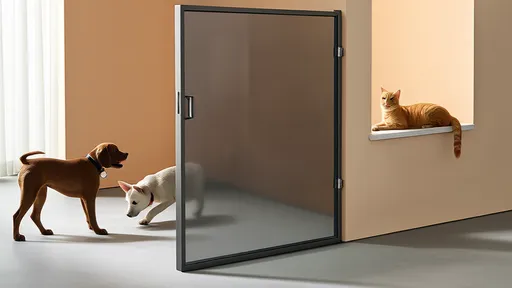
By /Jul 31, 2025

By /Jul 31, 2025

By /Jul 31, 2025
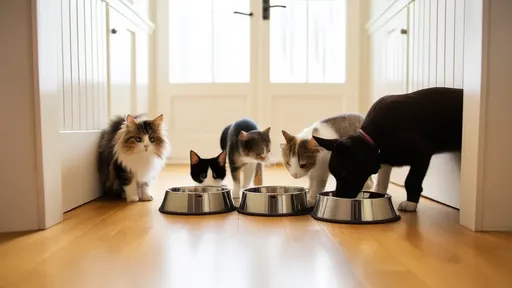
By /Jul 31, 2025
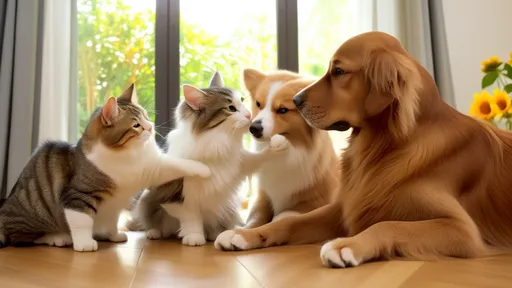
By /Jul 31, 2025

By /Jul 31, 2025

By /Jul 31, 2025

By /Jul 31, 2025
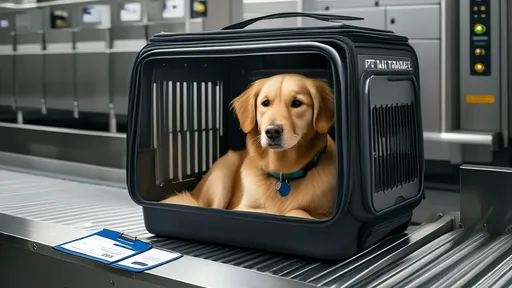
By /Jul 31, 2025
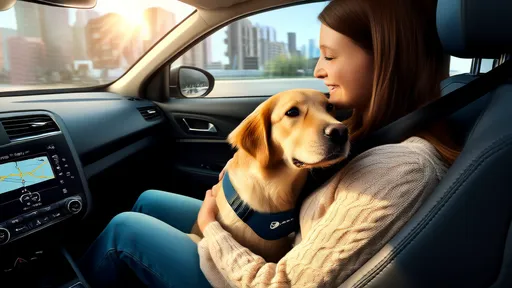
By /Jul 31, 2025
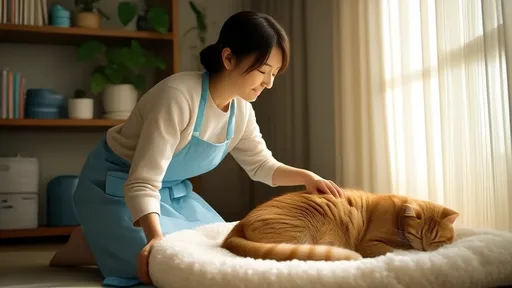
By /Jul 31, 2025
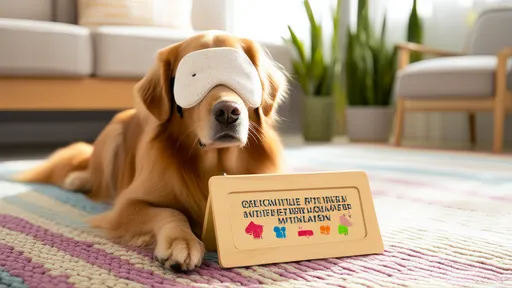
By /Jul 31, 2025

By /Jul 31, 2025
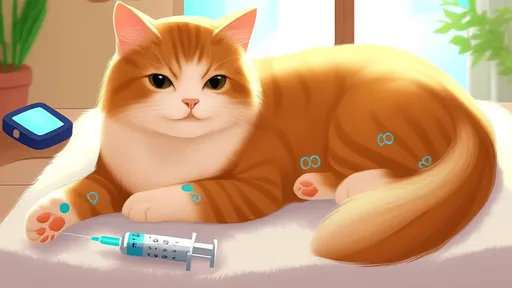
By /Jul 31, 2025
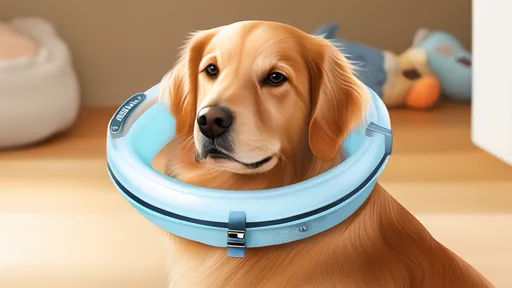
By /Jul 31, 2025

By /Jul 31, 2025
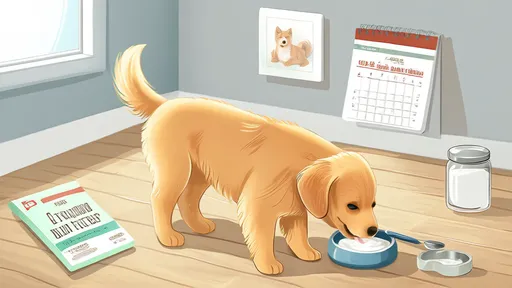
By /Jul 31, 2025

By /Jul 31, 2025

By /Jul 31, 2025
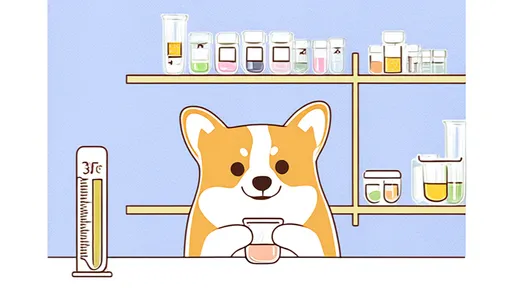
By /Jul 31, 2025